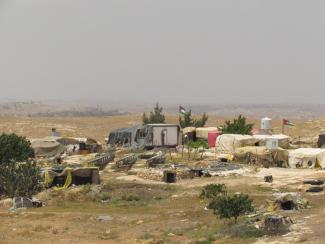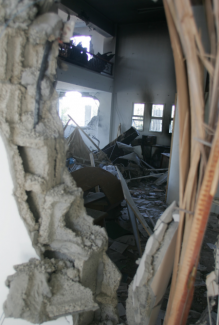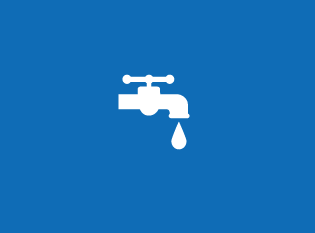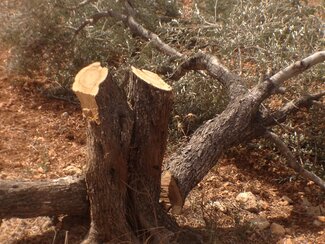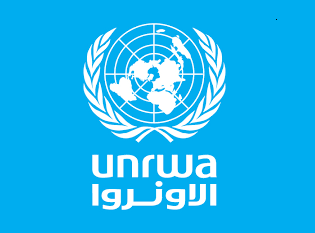In April there were further developments in Israel’s plan to “relocate” around 7,000 Palestinian Bedouin, around 70 per cent of whom are refugees, currently residing in 46 sites in the central West Bank, and another 170 in the village of Susiya in southern Hebron. The residents strongly oppose these plans and have requested protection and assistance in their current location, including adequate planning and permits for their homes and livelihoods. The UN Secretary-General has stated that the implementation of the proposed relocation of Bedouin communities would amount to individual and mass forcible transfers and forced evictions, which are considered a grave breach of international humanitarian law.
The Monthly Humanitarian Bulletin | April 2015
In this document
In the eight months following the 51-day conflict in Gaza in summer 2014, the reconstruction and rehabilitation of health facilities damaged during the course of the conflict has made only moderate progress due to the shortage of construction materials in Gaza and shortfalls in funding.
Eight months after the August 2014 ceasefire, it is estimated that approximately 120,000 people across the Gaza Strip remain without a municipal water supply due to unrepaired damage sustained by the infrastructure during the summer hostilities. The affected households have become entirely dependent on water tankers. Those households with an operational connection to the network are supplied only two to three days a week, for a few hours each time. According to the Coastal Municipalities Water Utility (CMWU), based on rolling power outages of up to 12 hours per day, the average water consumption in Gaza is 60-70 litres per capita per day.
In the first four months of 2015, OCHA recorded a total of 72 Israeli settler attacks on Palestinians and their property across the West Bank, including East Jerusalem, of which 26 resulted in Palestinian injuries and 46 in damage to Palestinian property. On a monthly average, this represents a 33 per cent decrease compared to the monthly average for 2014 (18 vs. 27 incidents). The highest number of incidents during the first quarter of 2015 was recorded in Hebron governorate (29), followed by Ramallah governorate (13) compared with Nablus and Ramallah governorates during the equivalent period in 2014.
In addition to early recovery and rebuilding efforts in Gaza, humanitarian actors continue to implement construction and infrastructure projects unrelated to the most recent conflict. UNRWA’s construction of schools and health clinics is part of its ongoing operations to assist and serve Palestine refugees in the Gaza Strip. The total value of UNRWA infrastructure projects approved by the Israeli Coordination of Government Activities in the Territories (CoGAT) totals US$194.4 million since May 2014 – excluding post-conflict shelter repair and (re)construction under the Gaza Reconstruction Mechanism (GRM).
